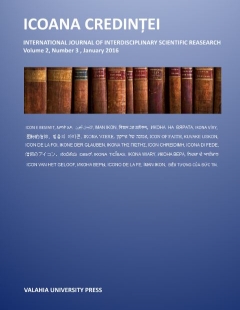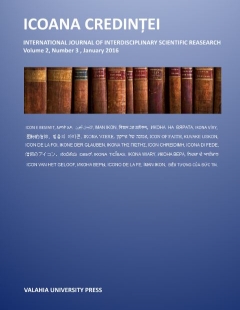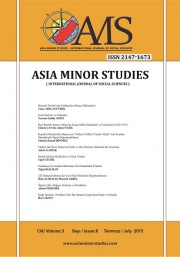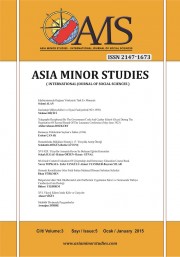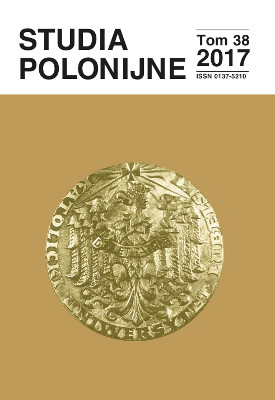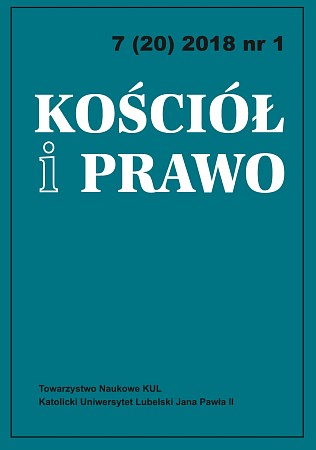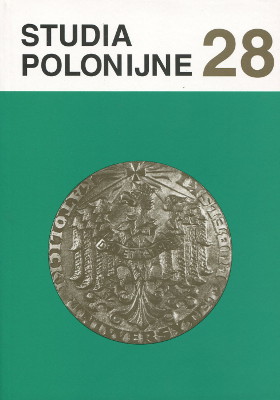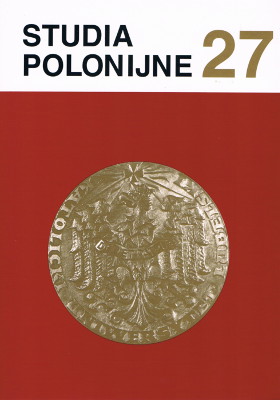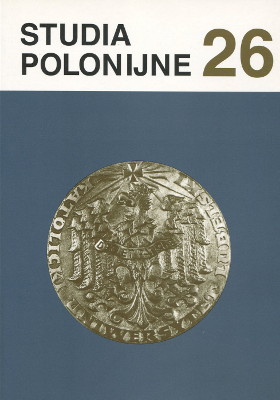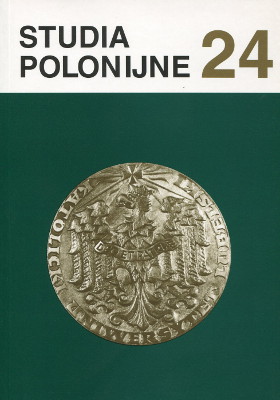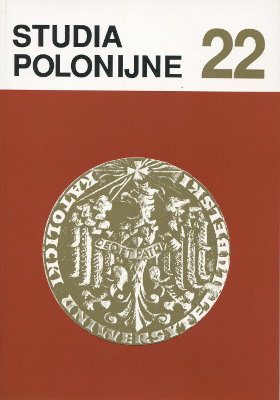Author(s): Mieczysław Wieliczko / Language(s): Polish
Issue: 26/2005
Rev. Dr. Artur Słomka (born on 1st October 1906 in Tymbark, died on 9th September 1991 in Warsaw) joined the noviciate of Societes Sancti Francisci Salesii SDB in Klecza Dolna near Wadowice, and on 2nd October 1922 was ordained to the priesthood. He studied philosophy in Kraków and theology in Przemyśl, where he was ordained to the priesthood by Przemyśl ordinary bishop Franciszek Barda in 1933. During his studies he worked as educator in the school for organ players in the house of the Salesian Congregation in Przemyśl. In the years of 1933-1936 he was professor at a secondary school run by Salesian fathers in Aleksandrów Kujawski. He studied history in the years of 1936-1939 at Warsaw University under the supervision of Oskar Halecki, then he was referred for further studies in Rome at Universita Gregoriana, where he defended his doctoral dissertation entitled “The Jagiełło Court and the Papal Curia” at the turn of 1942-1943.From the arrival of Cardinal August Hlond in Rome on 18th September 1939 on Rev. Słomka assisted the Primate by dealing with confidential matters and mediated in contacts with the celebrities of the Roman Curia, Polish embassies, relief organisations for Polish refugees at the residential posts for Poles and general religious houses. Until the departure of the primate to Lourdes in June 1940, he fulfilled this mission. Then he corresponded with Cardinal Hlond. Some passages from his letters have been quoted in the text. Rev. Słomka took a broad protective and charitable activity, e.g. he sent five cars with food to Kraków. They were at the disposal of the Metropolitan Curia and the Main Relief Board. When he was threatened with arrest, in the beginning of 1944, he hid in the suburbs of Rome. Here he lived until liberation. Then he took care, as a guide, of a group of Polish soldier from the Second Corps and this accidental occasion affected his further priestly life. First he organised trips for Polish soldiers to St. Peter's basilica and the Vatican Museums as a part of his own religious programme. Then together with three other Salesian fathers he was enlisted. He became a military chaplain for the 25th Regiment of Wielkopolska Uhlans in the end of 1944. He organised religious life for the regiment and formed its ethos. To commemorate the formation of the regiment in Maglie (Apulia) there is a bas-relief with image of an eagle and Our Lady of Kozielsk blessed by him and installed in the pro-cathedral. The regiment was dislocated after the war to Ascola Piceto, Cesans, Forli, Rimini, and Burdo. Then it was sent in 1946 to Great Britain and during 1947 dismissed. Rev. Słomka fulfilled is priestly ministry in the period that was most difficult for soldiers. Some of them would go back to their homeland. Other stayed in Great Britain or were dispersed abroad in Argentina, Australia, South Africa and several other countries of West Europe. In the years of 1947-1949 Rev. Słomka worked in the Secretary of Field Bishop Józef Gawlina. When he was dismissed from military service, he was sent by his superiors to further work in Ramsey N.Y. He arrived here during the holidays of 1949 and from the new year onwards he became a teacher in Don Bosco High School in Ramsey. He also worked as a missionary and retreat father in the Polish parishes on the East Coast of the USA and Canada. He organised church fairs and pilgrimages to West Harverstraw with his own pastoral programme. He worked at this post for over thirty years. He corresponded with the Polish papers abroad and wrote reports for the congregation papers. In 1950 he published a selection of Cardinal Hlond's writings entitled “Guarding the Conscience of the Nation”. Several times he documented why he left Poland on 9th May 1987 and despite his ripe old age he initiated and brought about the unveiling of the bas-relief of Cardinal Hlond in the Holiest Heart of God Basilica in Warsaw (22nd October 1989) and the blessing of bells at the Salesian House in Oświęcim (1991). Rev. Artur Słomka confirmed the charisma of the Congregation of Salesians with his priestly life. He was a pastor abroad, working in line with the motto: “there is no Polonia without any relation with Polish culture, Polish tradition, and the homeland”.
More...
